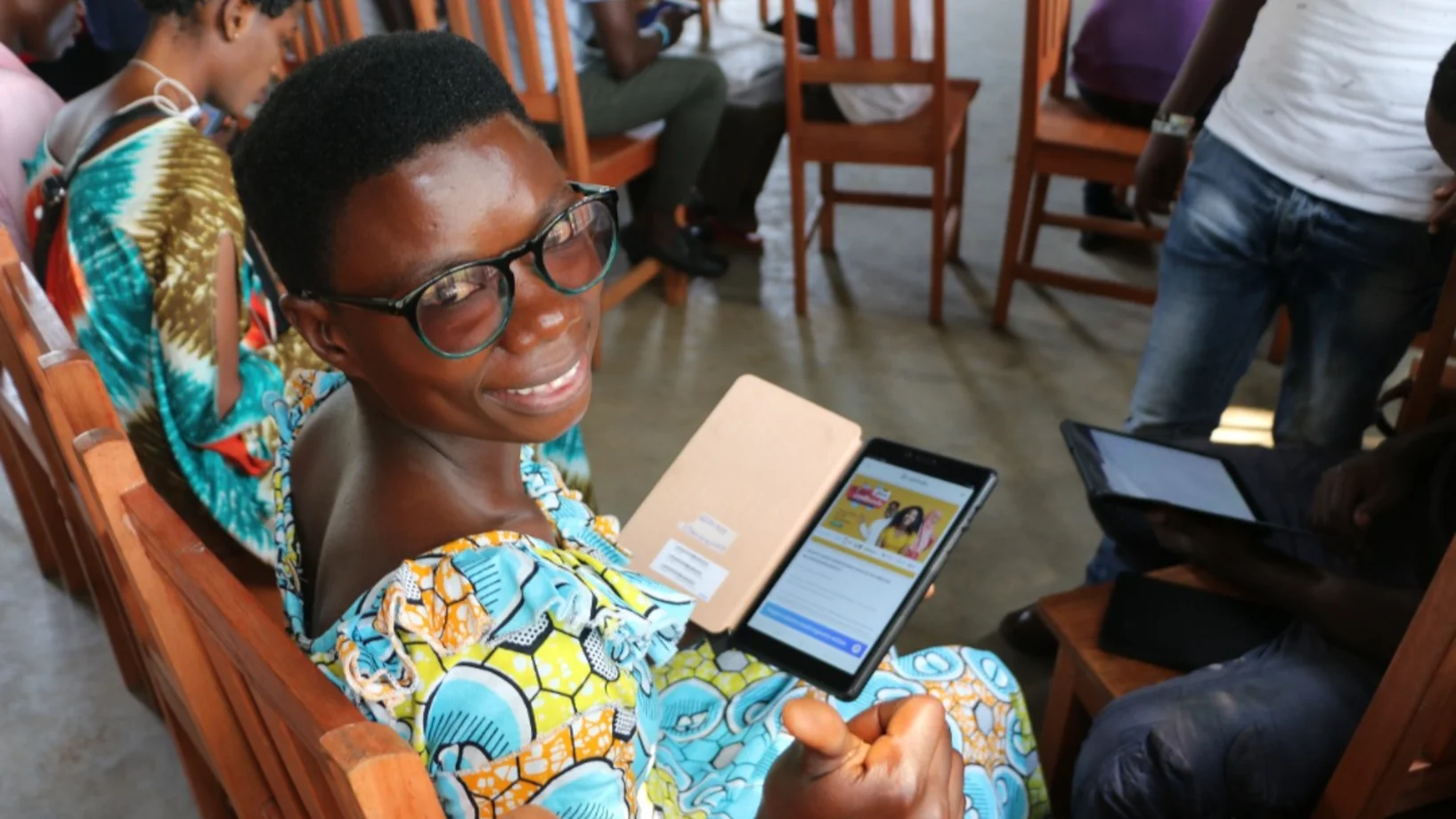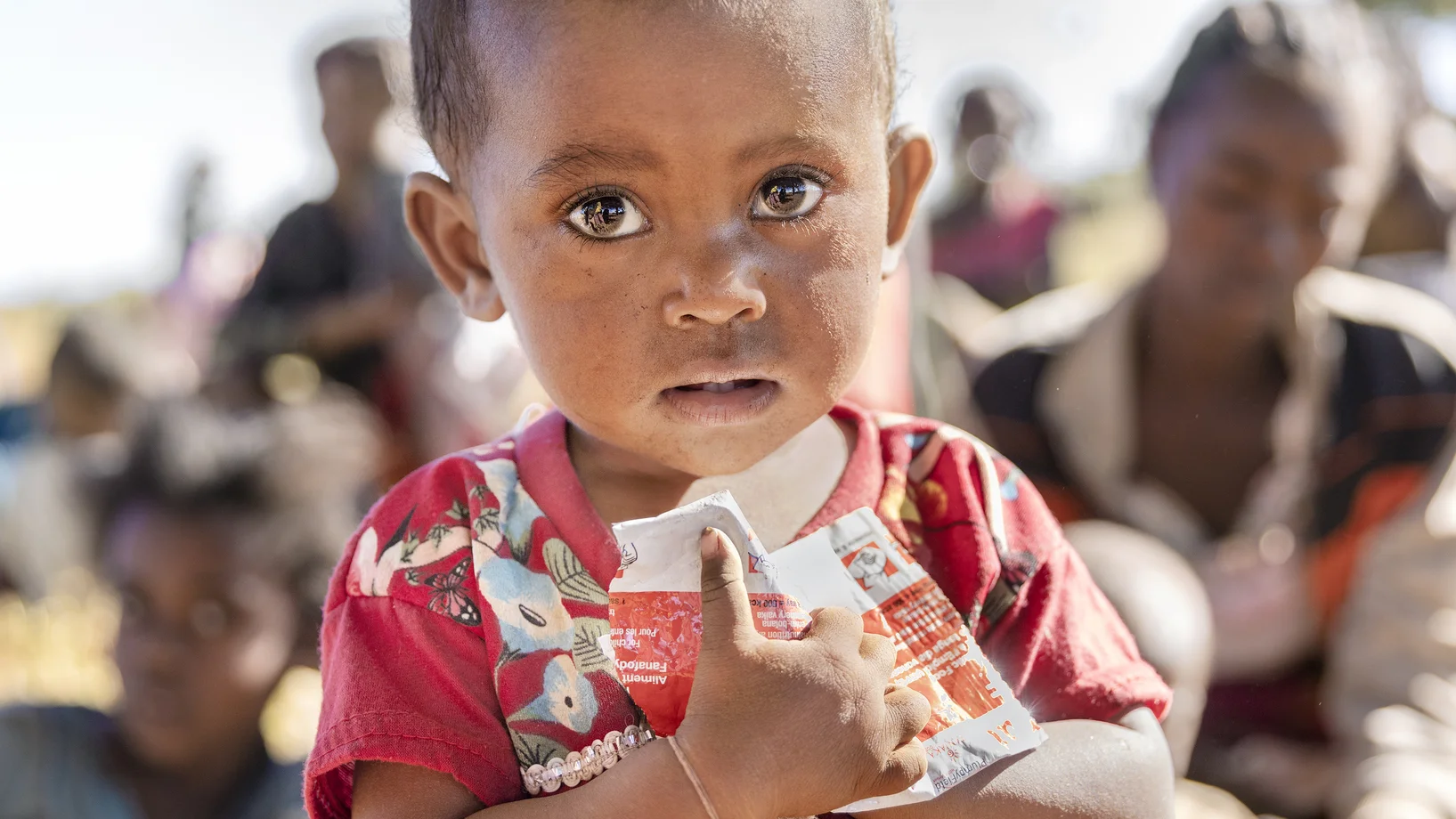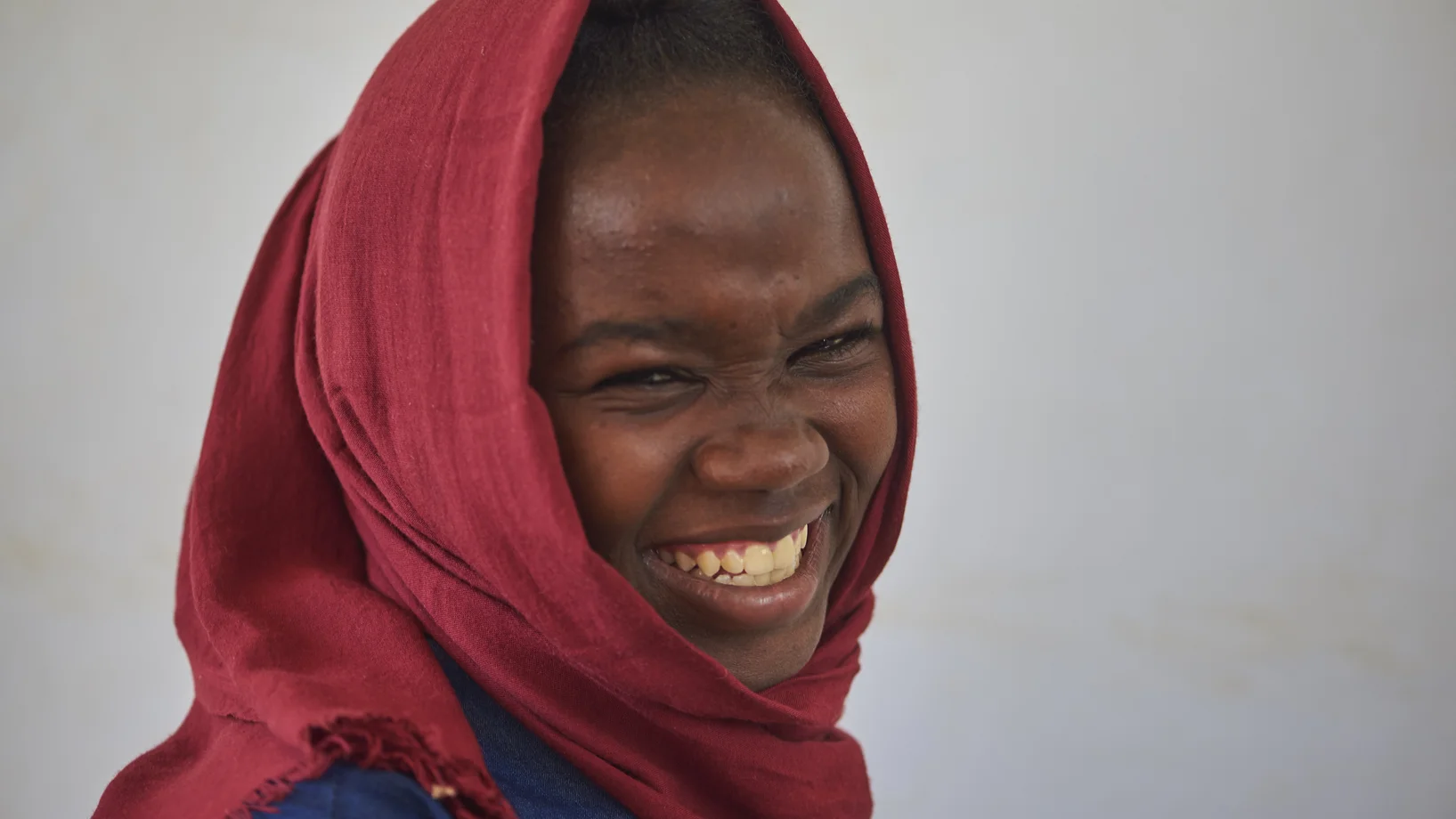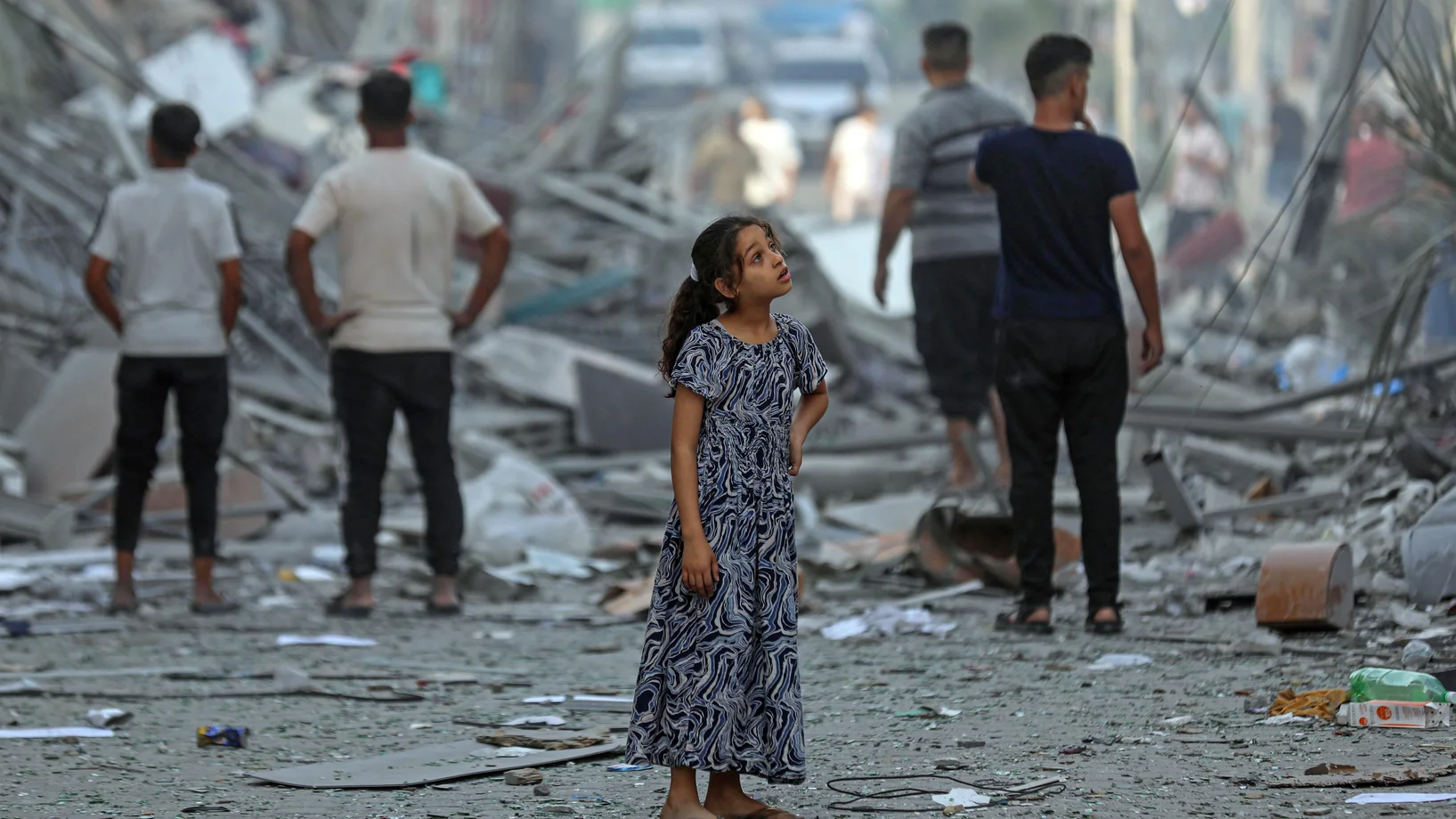East Africa. Ensuring survival.
First, the good news: more malnourished children now have access to treatment. Nevertheless, last year only one in three severely malnourished children received treatment and care in time to allow them to survive and thrive. And around the world, hunger and malnutrition have increased due to conflicts and climate-related crises.
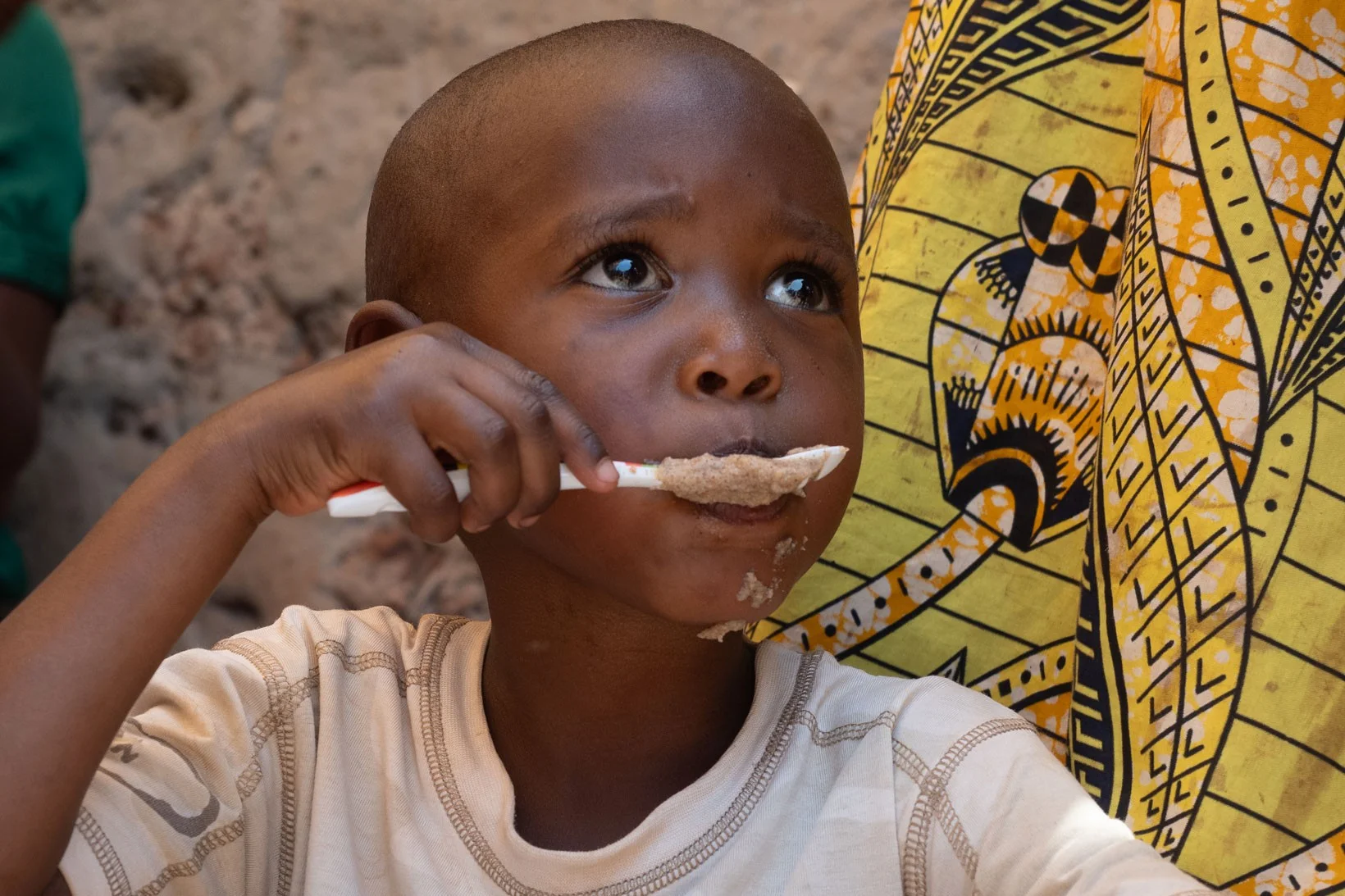
East Africa. Ending global hunger and achieving food security: this is one of the goals of the Agenda 2030. While important progress has been made in Asia and Latin America in recent years, hunger has increased in West Asia, the Caribbean and Africa. In 2023, the situation was especially precarious in
conflict zones, including Yemen, Afghanistan and East Africa.
What is malnutrition?
Increased poverty, armed conflicts, rising food prices due to the war in Ukraine and crop failures from extreme weather events like droughts and flooding: as a result, in 2023, children in East Africa had too little access to healthy food containing vitamins, proteins and important trace elements. When children do not get enough nutrients over long periods, they become chronically malnourished: they are no longer able to develop properly, and their mental and physical growth are stunted. Children under the age of two are especially at risk of suffering irreversible damage. In 2022, 30.6 percent of all children in East Africa under the age of five – 21.8 million children – suffered from chronic malnutrition. However, when a child has no access to important nutrients due to conflict or drought and experiences a dramatic reduction in calorie intake, the result is rapid and acute weight loss and severe acute malnutrition: The body becomes weaker and weaker, and can only perform the most basic functions. It can no longer fight off viruses and bacteria. Common childhood diseases become deadly. Severe acute malnutrition is one of the greatest threats to child survival in the world today.
How UNICEF is helping
The good news: when acute malnutrition is detected and treated in time, children have a good chance of surviving and growing up healthy. UNICEF and its partner organizations are working in 21 East African countries and another 141 countries worldwide, feeding malnourished and undernourished children – including those in the world’s most dangerous and remote regions. MUAC tapes, which measure mid-upper arm circumference, enable staff to diagnose children quickly and reliably. A child diagnosed with severe acute malnutrition is started immediately on treatment in three phases:
- Sugar-salt solution against dehydration, concurrent with antibiotics and other medications to fight life-threatening infections
- Administration of small portions of high-calorie special food around the clock, orally (with a spoon) or by nasogastric tube
- As soon as the children can eat solid foods again, they are given therapeutic special food in the form of a high-protein, high-calorie peanut-based paste.
What UNICEF has achieved
In 2023, UNICEF helped millions of children around the world through measures against malnutrition. For example, 341.1 million children in 53 countries received two doses of vitamin A supplements through restricted funds. 93.5 million parents and caregivers benefited from advice on infant and young child feeding (IYCF). UNICEF also supported further training for 1.1 million health specialists so that they can provide important health services for mothers, newborns and children.
